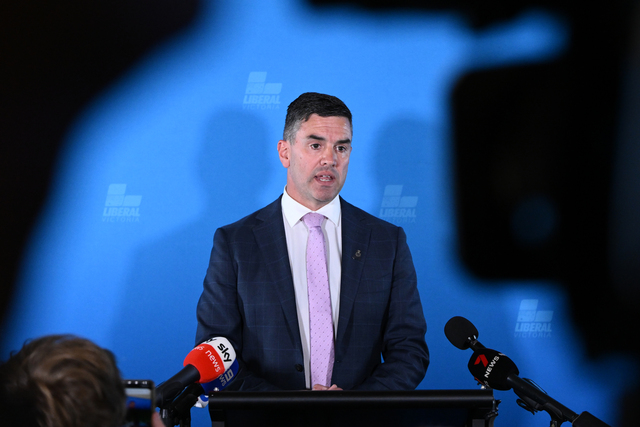The Minister for Local Government endorsed a new electoral structure for Casey on Thursday 15 February that would see 12 wards with one councillor per ward.
The recommended names for the wards are Akoonah Ward, Casuarina Ward, Correa Ward, Cranbourne Gardens Ward, Dillwynia Ward, Grevillea Ward, Kalora Ward, Kowan Ward, Quarters Ward, River Gum Ward, Tooradin Ward, and Waratah Ward.
An electoral representation advisory panel, appointed by the Local Government Minister, proposed three structure models in its preliminary report in November 2023 for public consultation.
All models sit under a single-councillor structure in compliance with the Local Government Act 2020.
Model One adopts an 11-ward structure, using major roads as boundaries.
Model Two also uses an 11 single-councillor structure, but it employs suburb boundaries to delineate wards.
Model Three has 12 single-councillor wards and applies mainly road and rail infrastructure as the dividing borders.
The public consultation attracted 32 valid submissions and the majority of them favoured Model Two, mostly using a templated letter with identical wording.
The final report provided by the advisory panel noted that Model Two was preferred because it ‘kept localities and grouped communities of interest together and had an odd number of councillors’.
Model Three was supported by seven submitters for its strong boundaries and capacity to manage population growth in Casey, ‘especially having two councillors in the south of the council’.
No support for Model One was submitted.
The advisory panel believed Model Three with ‘the best potential to promote fair and equitable representation for voters in Casey and consequently facilitate good governance’ after careful consideration.
It found 12 councillors to be an appropriate number for Casey given its size, population, and the number and distribution of voters across the area.
To address the tied votes concern of the Model Two supporters, the panel quoted the Local government electoral review stage 2 report: “[We] could not see any compelling reason for applying a preference for uneven numbers when determining councillor numbers, given that absence of councillors from time to time mean that the full complement of councillors is frequently not in attendance for council decisions and, in any case, the legislation allows for a stalemate to be resolved through the mayor’s casting votes.”
The panel stressed that the council that was dismissed by the State Government had an 11-councillor structure.
It also noted that Model Three was relatively close to the current electoral structure, which would add to its advantage because of the familiarity.






